Trump is clearly losing the trade war with China, which he started. This is why.
The US economy is vulnerable and much more dependent on China’s than vice versa. The one-year trade war truce that Donald Trump made at his meeting with President Xi Jinping proves this.
Donald Trump is losing the trade war against China, which he himself started.
Trump held an important meeting with China’s President Xi Jinping in the South Korean city of Busan on 30 October. There, they came to a new agreement, which amounted to a one-year truce.
The US government agreed to lift most of the punitive measures that it had imposed on China since April 2025, essentially bringing the situation back to what it was in January, when Trump entered office for his second term.
Although this is not the end of the trade war, China clearly won this battle.
China’s victory in this phase of the trade war confirms its “global economic superpower status”
The Financial Times (FT) noted that, “Unlike nearly 10 years ago, when Trump’s first trade offensive caught Beijing by surprise, this time a better prepared and economically more powerful China has been able to fight its once far mightier opponent to a standstill”.
Starting in April 2025, Trump threatened sky-high tariffs on countries around the world. China is the only one that was able to defend itself and prevent the US from imposing an unequal treaty on it.
When Trump resorted to the nuclear option and increased tariffs on China to 145%, he thought Beijing would give in. But on the contrary, China hit back with the same level of truly reciprocal duties. This terrified Washington, and Trump backed down.
The same thing happened when the Trump administration tightened chip exports to China, and added many more Chinese companies to the US Entity List, which was a form of sanctions.
Beijing responded by restricting the export of rare earth metals and magnets to the US. Once again, this frightened Washington, because China dominates the global supply for rare earths, and US companies are extremely reliant on them. Trump was forced to back down.
This is why the FT quoted an analyst from the major French bank BNP Paribas, who said the United States has come to recognize “that it is now dealing with a peer rival capable of imposing material economic harm on it — a relatively new position for the US and a development which, at least to us, confirms China’s ascendancy to global economic superpower status” (emphasis added).
With that said, the FT cautioned that this is by no means the end of the trade war, and the agreements made by the two sides “were relatively narrow and mostly suspended existing punitive measures rather than scrapping them altogether”, which “makes further US-China tensions inevitable”.
A scholar at the Institute of International Studies at China’s highly influential Fudan University, Zhao Minghao, explained, “This summit can only bring about a tactical détente rather than a strategic reset for the US-China relations”.
USA makes more concessions than China
Bloomberg concluded that the US made more concessions than China, following the Trump-Xi meeting in South Korea.
As part of the deal, the US government agreed to halt Trump’s threat of an additional 100% tariff, to reduce its fentanyl-related duties on China from 20% to 10%, to remove the new Chinese companies that were added to its Entity List, and to suspend port fees.
For its part, China agreed to lift its rare earth controls and further restrict the export of chemicals needed to make fentanyl (although Beijing had already done the latter). China will also resume its purchases of US soybeans (which is discussed further below).
Trump and has allies have claimed that China also will buy US oil and gas and potentially allow a deal on TikTok, but this has not been confirmed; it is purely hypothetical.
The Associated Press also concluded that Trump won nothing in the agreement, reporting: “Deal between the US and China is undoing damage from a self-inflicted trade war”.
The AP quoted an economist at Cornell University, Eswar Prasad, who commented, “It is hard to see what major gains the U.S. has made in the bilateral relationship relative to where things stood before Trump took office”.
In other words, Trump waged an aggressive trade war against China for months, only to end up back at square one, empty-handed.
US economy is more dependent on China’s than vice versa
This is quite ironic, because back in April, when Trump massively escalated the trade war, US Treasury Secretary Scott Bessent claimed China was playing with a “losing hand”.
Bessent, a billionaire hedge fund manager from Wall Street, insisted that the United States had much more leverage over China, and that Beijing would soon surrender.
“What do we lose by the Chinese raising tariffs on us? We export one-fifth to them of what they export to us, so that is a losing hand for them”, he said.
It turns out the exact opposite was true; the US economy is more dependent on China’s.
Back in 2000, yes, China was very dependent on the US economy. At that time, trade with the US was around one-quarter of China’s overall trade.
In the past two decades, however, China has significantly reduced its dependence on trade with the US. By 2023, it was only around 10% of China’s overall trade.
When one analyzes what exactly China exports to the US, and vice versa, one can clearly see that it is the US that is more dependent.
China exports many technological products that the US cannot get from anywhere else, including cell phones, computers, batteries, machinery, and parts.
This is no longer the 1980s and ‘90s, when much of China’s exports to the US consisted of low value-added goods, like textiles, toys, and household appliances. China has very quickly moved up the global value chain.
On the other hand, many of the goods the US exports to China are commodities like oil, gas, soybeans, and corn. China can easily buy these from other countries.
There are still a few important US goods that China has been dependent on, especially advanced semiconductors — although that is quickly changing (as will be discussed later in this article).
The US previously exported a sizeable number of cars to China. But China has become the world’s number one producer of cars, and most people in the country prefer buying cars from Chinese companies, which are much more affordable.
Trump and Bessent think the China of today is still that of the ‘80s and ‘90s, when its economy revolved around exported low value-added, labor-intensive goods of questionable quality. Those days are long gone.
The Chinese government successfully used industrial policy, state-led development policies, and a careful mixture of central planning and regulated market competition in order to rapidly move up the global value chain, create complex supply chains, promote technological self-sufficiency, and massively boost industrial output.
The results speak for themselves: today, China is the world’s sole manufacturing superpower.
In fact, while China has become less dependent on exporting to the US market, US companies have become more reliant on the import of Chinese intermediate goods and other inputs.
Bessent argued that China was more dependent on the US market because it has a large trade surplus. However, the vast majority of the revenue of Chinese companies comes from domestic purchases.
Yes, China does generate significant revenue through the export of consumer electronics, but even in that industry, the majority of revenue derives from domestic sales. For all other major Chinese industries, domestic revenues make up the vast majority of total revenue.
Some of China’s exports are still going to the US market, albeit indirectly, by rerouting through third countries, like Vietnam, Indonesia, Thailand, or Mexico.
Companies in those countries often add more value to a product that originated in China, and subsequently export it to the US, where it will not be labeled as a Chinese good.
However, from the perspective of a Chinese exporter, this is not a problem. It simply wants to sell the product; it doesn’t care where the product goes after.
China’s rare earth supply chain dominance forced the US to pause its aggressive trade war
One of the biggest and most important takeaways of China’s victory in this round of the trade war is the importance of rare earth elements.
China completely dominates the global supply chain for rare earths, including both the mining and the processing.
China made up more than 60% of the mining and around 90% of the refining of rare earths, as of 2024.
Despite the name, rare earths are actually not that rare; they can be found in many places around the world. What wakes it difficult for other countries to replace China in the supply chain, however, is the processing of rare earths, which is complex, labor intensive, and environmentally destructive.
The United States has tried to increase its role in the global rare earth industry, especially after Trump launched the trade war against China in his first term as president, but it has not made much progress.
It will take years, if not decades, for the US to make significant advances.
When China responded to Trump’s aggressive, unilateral escalation of the trade war in 2025, and, in an act of self-defense, decided to restrict the export of rare earths to the US, it terrified not only Washington, but also the military-industrial complex.
US tech companies, particularly arms manufacturers and other US military contractors, are very dependent on China’s rare earth metals and magnets.
The hawkish anti-China think tank the Center for Strategic and International Studies (CSIS) — which is funded by the US government, other Western governments, and large corporations in the military-industrial complex — published a report warning that “China’s new rare earth and magnet restrictions threaten U.S. defense supply chains”.
Ironically, the US military is making plans for a potential war on China, but it can’t do so without China’s rare earths.
This is why the US government in the past decade has poured resources into trying to develop a new supply chain for critical minerals that cuts out China.
However, the journals and media outlets of the US military-industrial complex acknowledge that the US cannot realistically catch up in the production of rare earths.
As the US media outlet National Defense put it, “the United States will not be able to end reliance on China through domestic production”.
US “chip war” targets China
It must be emphasized that the reason that China put restrictions the export of rare earths is because it was responding to US attacks; it was an act of self-defense.
Trump started the trade war on China in his first term. However, the Democratic administration of Joe Biden continued this trade war. The new cold war — Cold War Two — is bipartisan in Washington.
In fact, the Biden administration put significant restrictions on the export of technologies to China, prohibiting the export of advanced semiconductors and chip-making tools.
The idea in Washington was that this would be the Achilles’ heel of China. US imperial strategists thought that, by waging a tech war on China, they could prevent it from catching up in cutting-edge industries, especially artificial intelligence.
Washington hoped that US Big Tech corporations in Silicon Valley would have a monopoly on AI, and China would be left behind.
Commerce Secretary Gina Raimondo even admitted that the US government’s goal was to “slow down China’s rate of innovation”.
That, of course, is not what happened.
Just as China’s restrictions on the export of rare earths caused the US government to pour resources into developing its own supply chain for critical minerals, the same thing has happened with semiconductors. The US restrictions on the exports of semiconductors to China led Beijing to prioritize the development of its own domestic chip-making industry.
China’s industrial policy promoted the local production of semiconductors. And it has been quite successful.
In April 2024, Raimondo warned, “About 60% of all new ‘legacy chips’ coming into the market in the next handful of years will be produced by China”. Legacy chips are those used in most everyday technologies. They are not the most advanced chips, but they are much more common.
The US “chip war” against China ended up pushing Beijing to increase government incentivizes for domestic semiconductor manufacturing, and China is now dominating the global chip market.
Yes, China has not caught up in developing the most advanced chips; the US is still ahead. But China is making progress fast.
This is why Beijing decided to restrict Chinese tech companies from purchasing chips from Nvidia, the US tech giant that has now become the largest corporation on Earth by market capitalization, because it has a monopoly on designing the most advanced chips. China said Nvidia violates its anti-monopoly laws.
Instead of Chinese companies remaining dependent on the purchase of Nvidia chips, Beijing wants to promote domestic self-sufficiency.
China progresses fast, leading in most global critical technologies
China’s rapid progress in the US “chip war” demonstrates the success of Beijing’s industrial policy, its state-led drive to move up the value chain and produce higher value-added goods.
Such technological upgrading is at the heart of China’s new five-year plan.
China does have a market economy, but it it a socialist market economy, where the most important sectors — the commanding heights of the economy — are publicly owned by the government, and central planning is still used in strategic industries.
The Communist Party of China’s five-year plan for 2026 to 2030 heavily emphasizes the importance of technological progress.
In particular, the new five-year plan calls for “extraordinary measures” to bring about breakthroughs in advanced chip production.
This is not just rhetoric. If one looks at China’s past plans, most of its goals were achieved.
A good example is the Made in China 2025 initiative. This was a plan announced in 2015, when Beijing set goals to become globally competitive in cutting-edge tech industries.
Bloomberg concluded that China was successful in almost all of the industries it targeted. It is already the global leader in five key technologies, and is rapidly catching up in seven more.
This was in fact admitted by a Western think tank that is very anti-China.
The Australian Strategic Policy Institute (ASPI) is backed by the Australian military and funded by multiple Western governments. It is extremely hawkish and constantly spreads anti-China propaganda.
However, ASPI published a report in 2024 acknowledging that China has made incredible technological and scientific progress in a short period of time.
ASPI reluctantly concluded that China “is currently leading in 57 of 64 critical technologies”, or 89%.
This was a, well, great leap forward from the 2003-07 period, when China was leading in only three of 64 key technologies, or a mere 4.7%.
In stark contrast, this hawkish think tank lamented that the “US is losing the strong historical advantage that it has built”.
Two decades ago, the United States was leading in 60 out of 64 critical technologies, or 94%.
Today, the US is only leading in seven of those 64 technologies, or 11%, measured from 2019 to 2023.
This is a tectonic shift in just two decades.
China is today the world’s indisputable technological and manufacturing superpower, due in no small part to government planning and industrial policy.
And China continues to advance. Its new five-year plan emphasizes the importance of “technological self-reliance”, as the country catches up in the industries where it is still behind.
Given this context, it is no surprise that the US government’s trade war and tech war on China backfired.
The Trump administration clearly underestimated China, and decided it needed a temporary truce to change strategy.
Trump suspends the trade war for a year, as the 2026 midterm elections approach
The Financial Times described the US-China deal as a “one-year trade truce”.
Trump, on the other hand, in his typical bombastic fashion, claimed it was “an amazing meeting” and, “On a scale of 0-10, with 10 being the best, the meeting was a 12”.
This is because Trump always claims he wins everything, and he will never admit defeat (including in the 2020 US presidential election). He doesn’t want to acknowledge the fact that he is losing the trade war that he started back in his first term as president, which he massively escalated in April 2025.
A major factor motivating Trump to seek this one-year truce with China is the US midterm elections coming up in 2026.
Trump is afraid that continuing to escalate the trade war on China would blow back on the US economy and hurt the Republican Party’s chances in the midterms.
Polling by Pew Research shows that the Republican Party is very unpopular. The majority of Americans say the GOP is too extreme in its positions and do not think that it governs in an honest way. (The study also demonstrates that the Democrats are very unpopular. Both parties are widely mistrusted.)
Moreover, polls show that Trump is very unpopular.
Trump had a net approval rating of -18% as of 1 November, which was 285 days into his second term as US president, according to polling from The Economist.
Only 39% of Americans support Trump and his policies. Nearly 3/5ths of Americans, 57%, disapprove of Trump.
Trump’s tariffs hurt working-class Americans, driving inflation
It makes sense that most Americans disapprove of Trump, because his policies have done a lot of damage to average working people.
Most of the burden of Trump’s tariffs has fallen on the shoulders of US consumers.
US consumers are paying for 55% of the cost of Trump’s tariffs, according to analysis by Goldman Sachs.
Trump has falsely claimed for years that other countries pay tariffs. That is simply not true; it is a lie.
Tariffs are a tax on imports. It is importers in the country where the duties are imposed that pay them. So US importers pay Trump’s tariffs.
Companies in the US that import goods from China pay the tariffs, not Chinese exporters.
Importers usually they pass down the costs of those tariffs to customers, in the form of higher prices. This is exactly what is happening in the US.
In other words, Trump has been raising consumption taxes on working-class Americans with his tariffs. This is a form of regressive taxation.
Meanwhile, Trump has massively slashes taxes on the richest Americans, effectively shifting the burden of taxation off of capital and onto labor.
Furthermore, this comes at a time when consumer price inflation in the US has remained relatively high.
The consumer price index (CPI) was at 3% in September 2025. It has stuck persistently above the 2% inflation target that is set by the Federal Reserve, the US central bank.
Consumer price inflation has been rising ever since Trump imposed massive tariffs on countries around the world in April.
This is all deeply ironic, because inflation was the main reason that Trump won the 2024 US presidential election.
Due to supply chain disruptions during the Covid-19 pandemic, countries worldwide suffered from high rates of inflation in 2022-23.
In the US, the CPI peaked at 9% in June 2022. This was the highest level in decades.
Most political parties and leaders that were in power during this inflation crisis lost elections. The US was no exception.
US voters said the economy was the most important issue in the 2024 election.
The Joe Biden administration did not handle the inflation crisis well. Inequality skyrocketed in the US; the rich got much, much richer, while poor and working-class people struggled.
Trump claimed he would solve the economic issues and bring down inflation. He has utterly failed to do so, and has in fact made the problems even worse. Trump’s policies have mostly benefited billionaires like him, and the dozen other billionaires in his administration.
However, Biden, Kamala Harris, and the Democratic Party did not propose pro-working class policies that would solve these economic problems. They failed to provide an alternative to the neoliberal status quo.
Trump won the election because he had a simplistic message, claiming he would solve these deep, structural economic problems with some quick fixes: scapegoating immigrants, carrying out mass deportations, and imposing tariffs.
These policies have only made the situation worse.
The US is losing manufacturing jobs
Trump claimed he would re-industrialize the US and bring back good manufacturing jobs. The opposite has been happening.
The number of manufacturing jobs has in fact been falling under Trump.
The US lost 42,000 manufacturing jobs between April, when Trump kicked off his global trade war, and August 2025, according to data from the Bureau of Labor Statistics (BLS).
Surveys of manufacturers have found that the main reason for the job loss is the extreme uncertainty surrounding Trump’s tariffs and trade war.
CBS News reported that many of the workers who lost their jobs had been making goods like cars, household appliances, and electronics. These were relatively well-paid jobs that provided stability for working-class families.
Trump’s tariffs hurt US farmers, many of whom voted for him
Trump’s trade war on China also hurt a major part of his voting base: farmers.
US soybean farmers rely heavily on exporting to the Chinese market.
As part of the agreement that was made between Trump and President Xi in South Korea in October, the Treasury Secretary Scott Bessent boasted that China agreed to buy 12 million metric tons of US soybeans.
That may sound like a lot, but it actually represents a big decline compared to the previous year. Reuters reported that, last season, China bought 22.5 million tons of US soybeans.
According to Bessent, China agreed to buy 25 million tons of US soybeans per year for the next three years. However, this is below the annual average of 28.8 million tons that China had already been buying from the US, before Trump started this new phase of the trade war in April.
China had paused its import of soybeans in response to Trump’s aggressive, unilateral trade war.
So in reality, China is not making any concessions to the Trump administration by agreeing to buy soybeans; it is simply returning to the status quo ante.
Meanwhile, throughout this trade war, US farmers endured severe economic pain, for no reason.
“The drop in Chinese demand cost U.S. farmers - a key pillar of Trump’s political base - billions of dollars in lost sales and the deal would represent a return to normalcy in trade”, Reuters wrote.
What this demonstrates, again, is that, when Bessent claimed China had a “losing hand”, it was the opposite of reality. China had more options than the US did.
When Trump massively escalated the US trade war, China responded by buying significantly more soybeans from Argentina.
China also increased its purchases of soybeans from Brazil, which has become a major trading partner of China, and a key ally.
Brazil is the B in BRICS; it is one of the co-founders of the Global South-led organization. The growing partnership between China and Brazil shows how Beijing has alternatives to the US.
The Trump administration drank its own kool-aid, and believed that China was isolated. That was its mistake.
This disastrous, self-destructive episode was eerily reminiscent of Trump’s first term (2017-21), when he started the trade war on China.
Nearly all of the revenue that the US government made from imposing tariffs on China from 2018 to 2020 ended up being given to US farmers in the form of relief payments and subsidies. Those were equal to 92% of the tariff proceeds.
Trump has claimed that his tariffs will supposedly raise lots of revenue for the US government — while lying about the fact that that revenue comes from working-class Americans, given that his tariffs are a regressive tax on consumption of imported goods.
But even much of the revenue that the US government did earn from tariffs during Trump’s first term was given back to Americans in the form of relief payments, to try to undo the economic harm caused by Trump’s trade war in the first place.
The second Trump administration has been repeating these same, self-destructive policies. It has considered paying another $10 billion to US farmers, who have been harmed by Trump’s trade war, exactly like in his first term.
Given all of this information, it is no surprise that Trump’s trade war on China has failed. It is contradictory, foolish, and suicidal; and it is based on falsehoods that grossly underestimate China’s economic strengths, while hopelessly minimizing the deep, structural problems in the US economy.



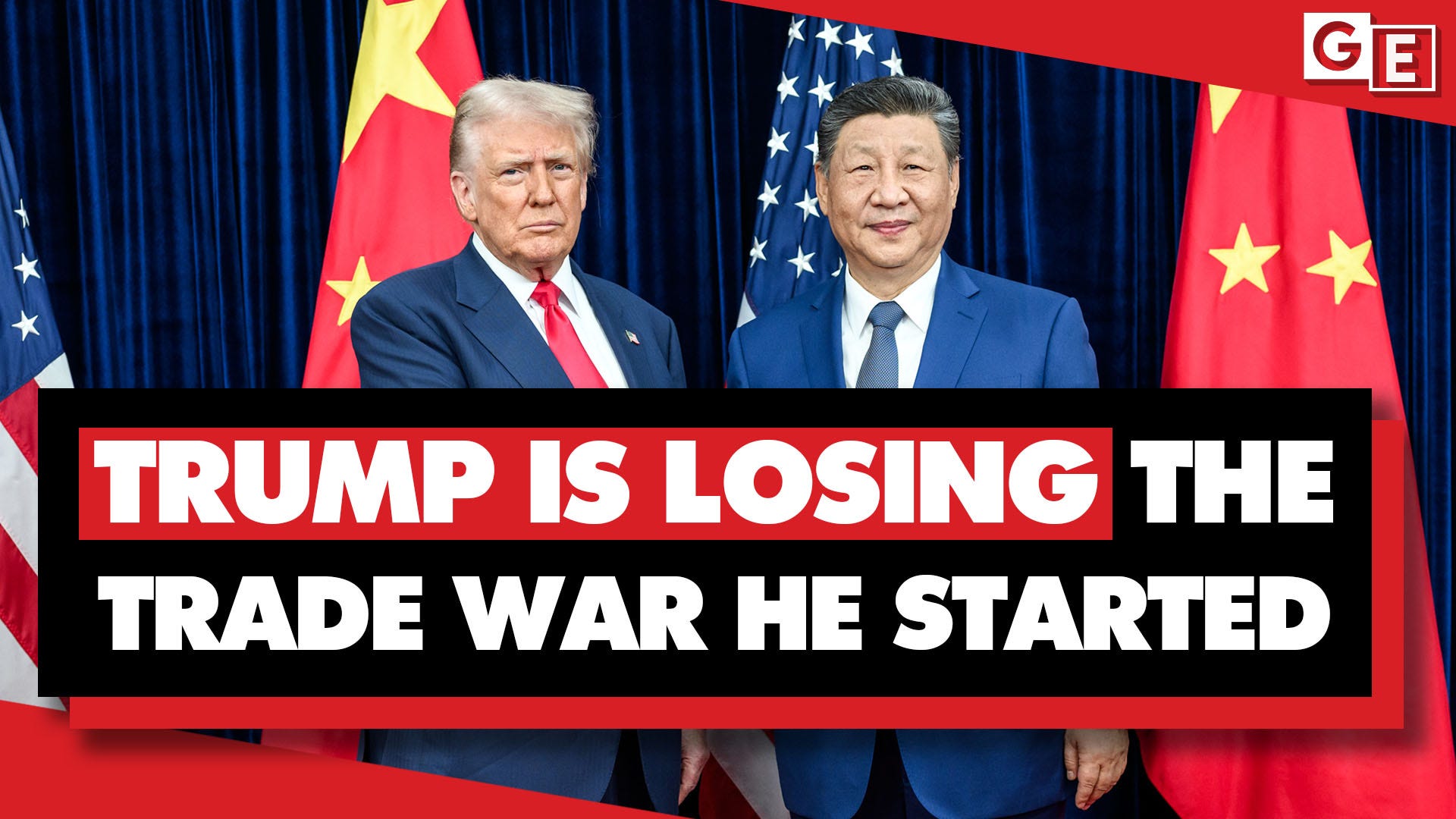
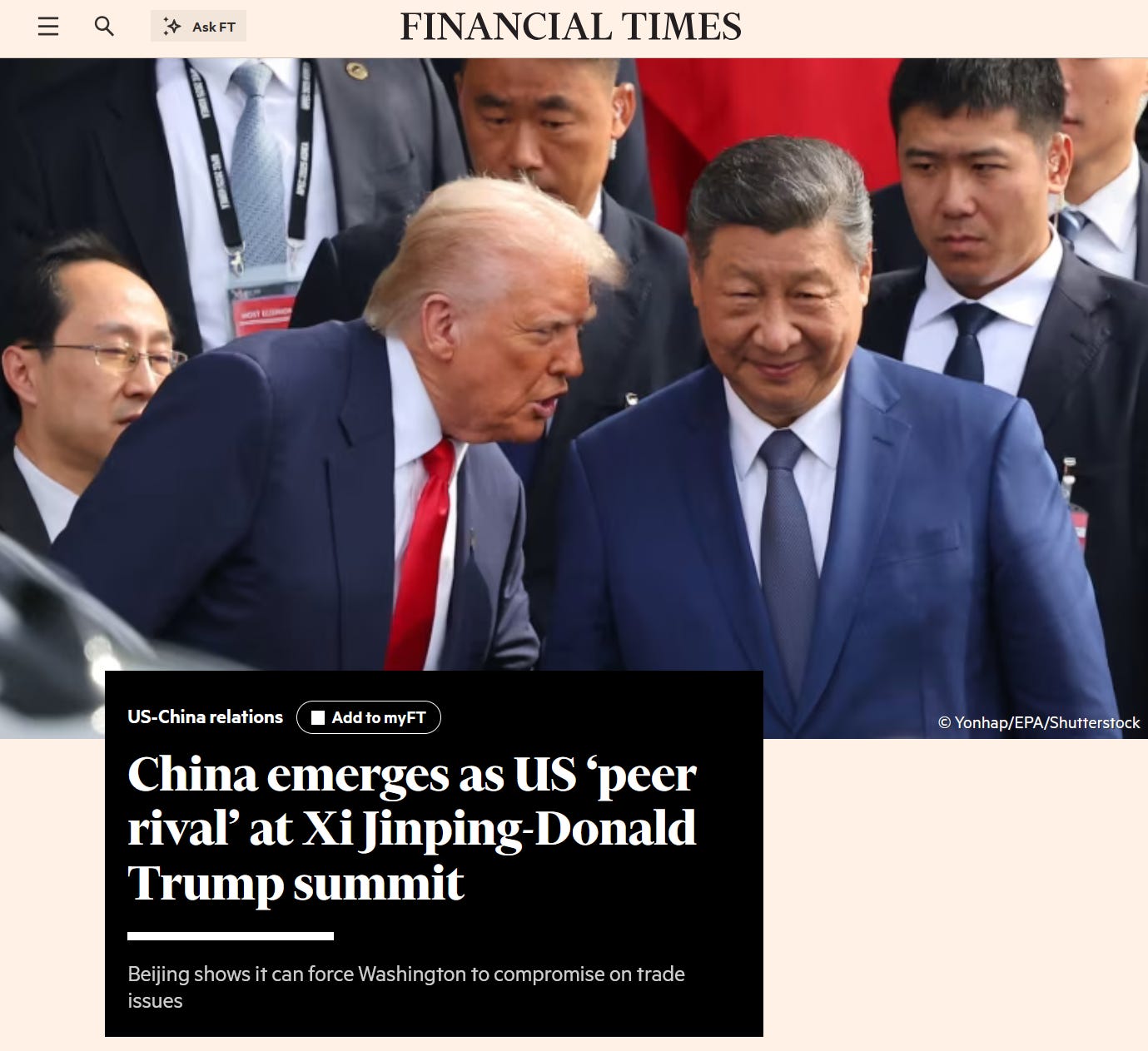
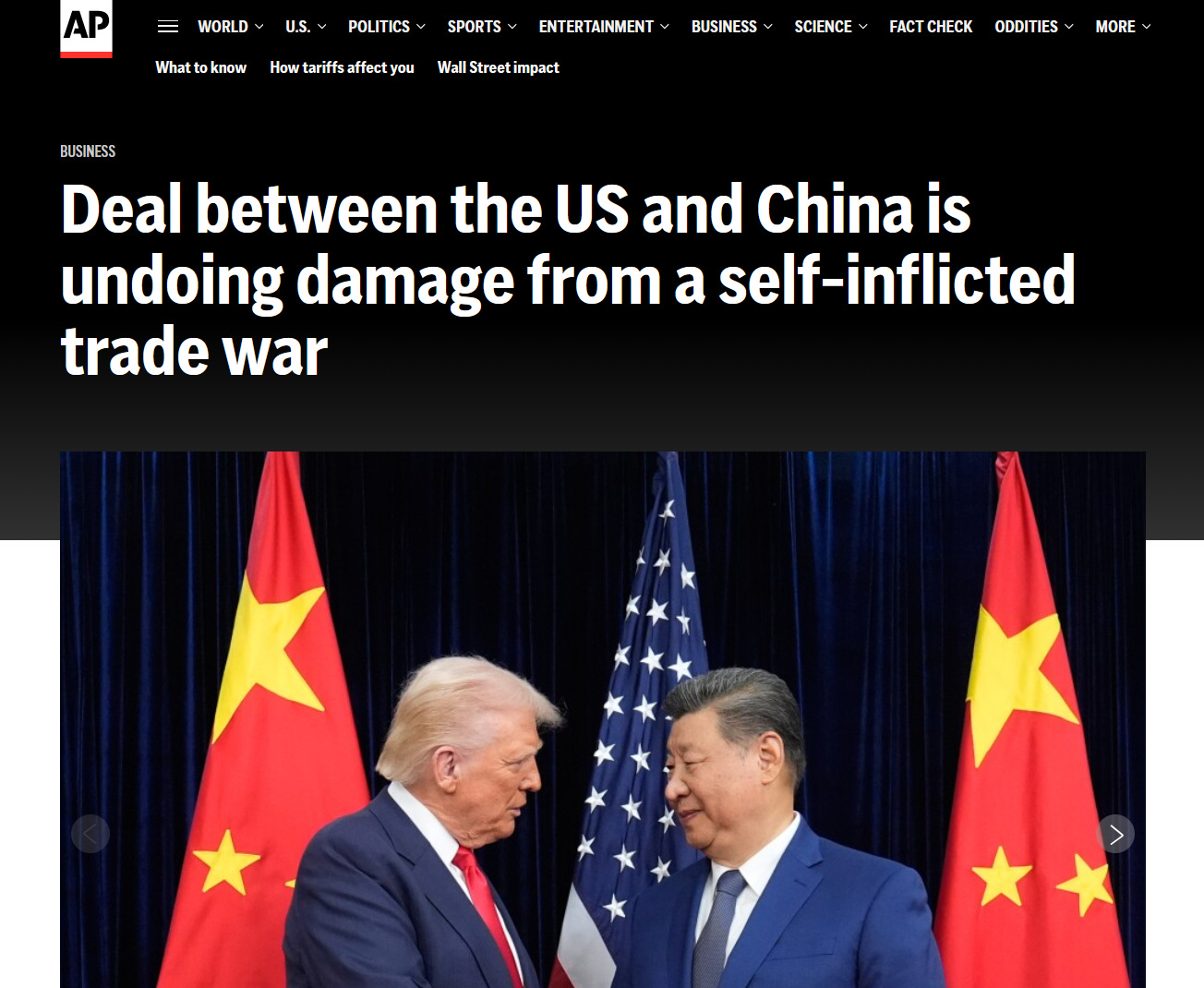


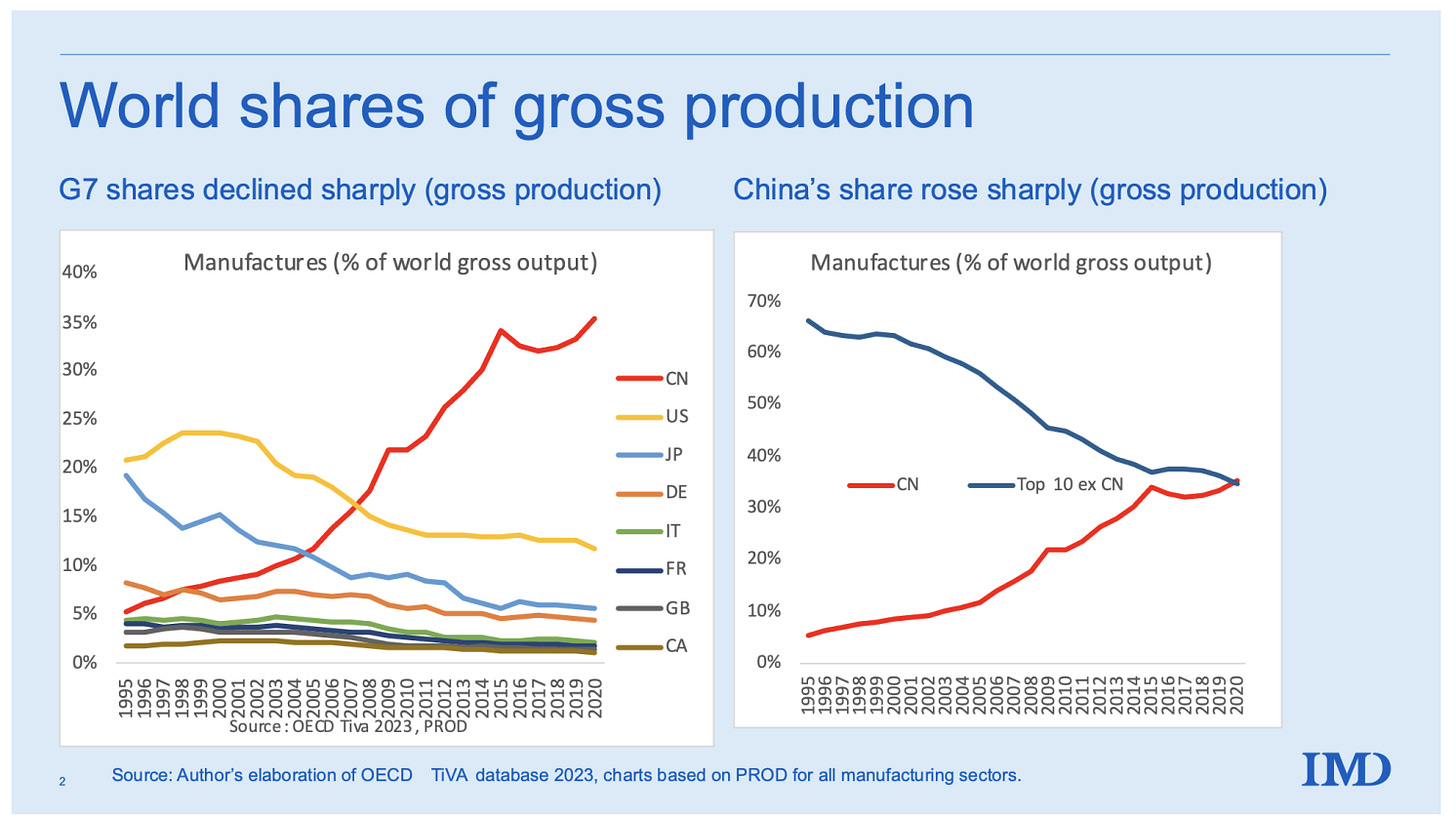

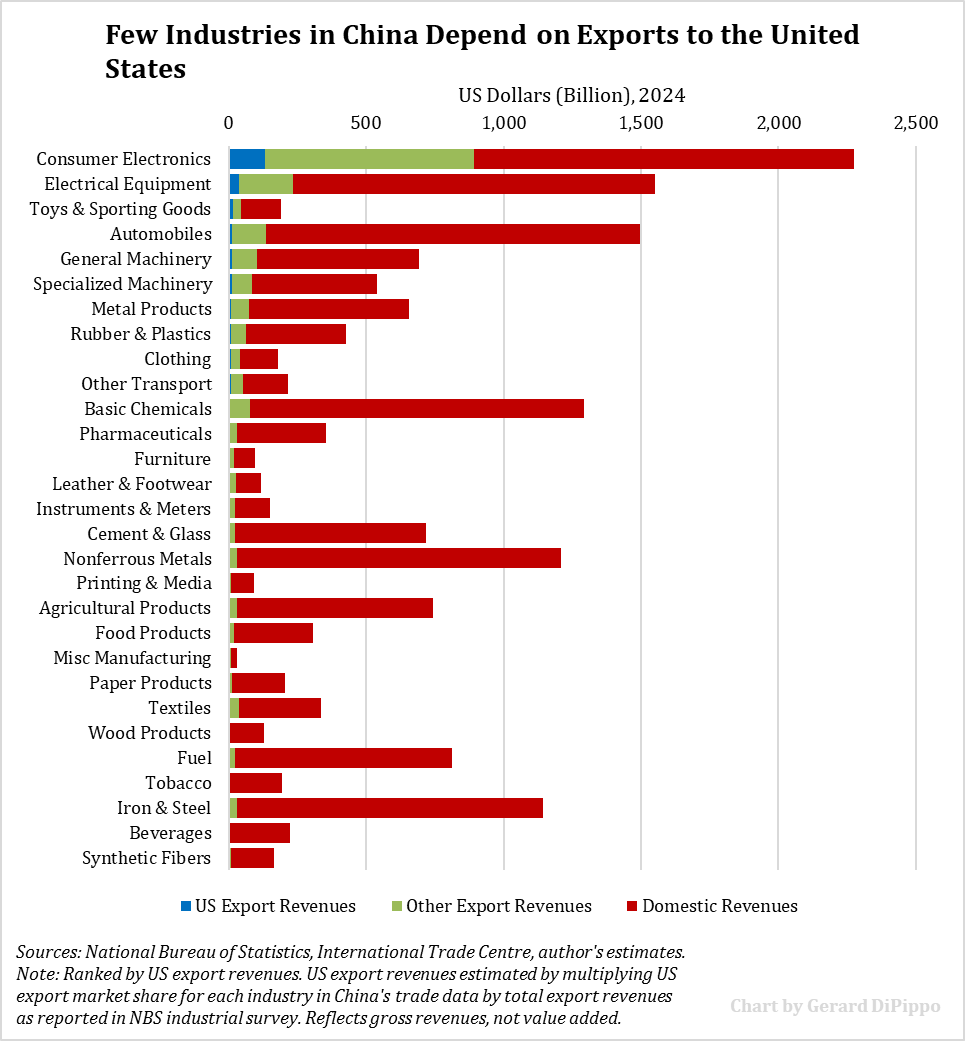
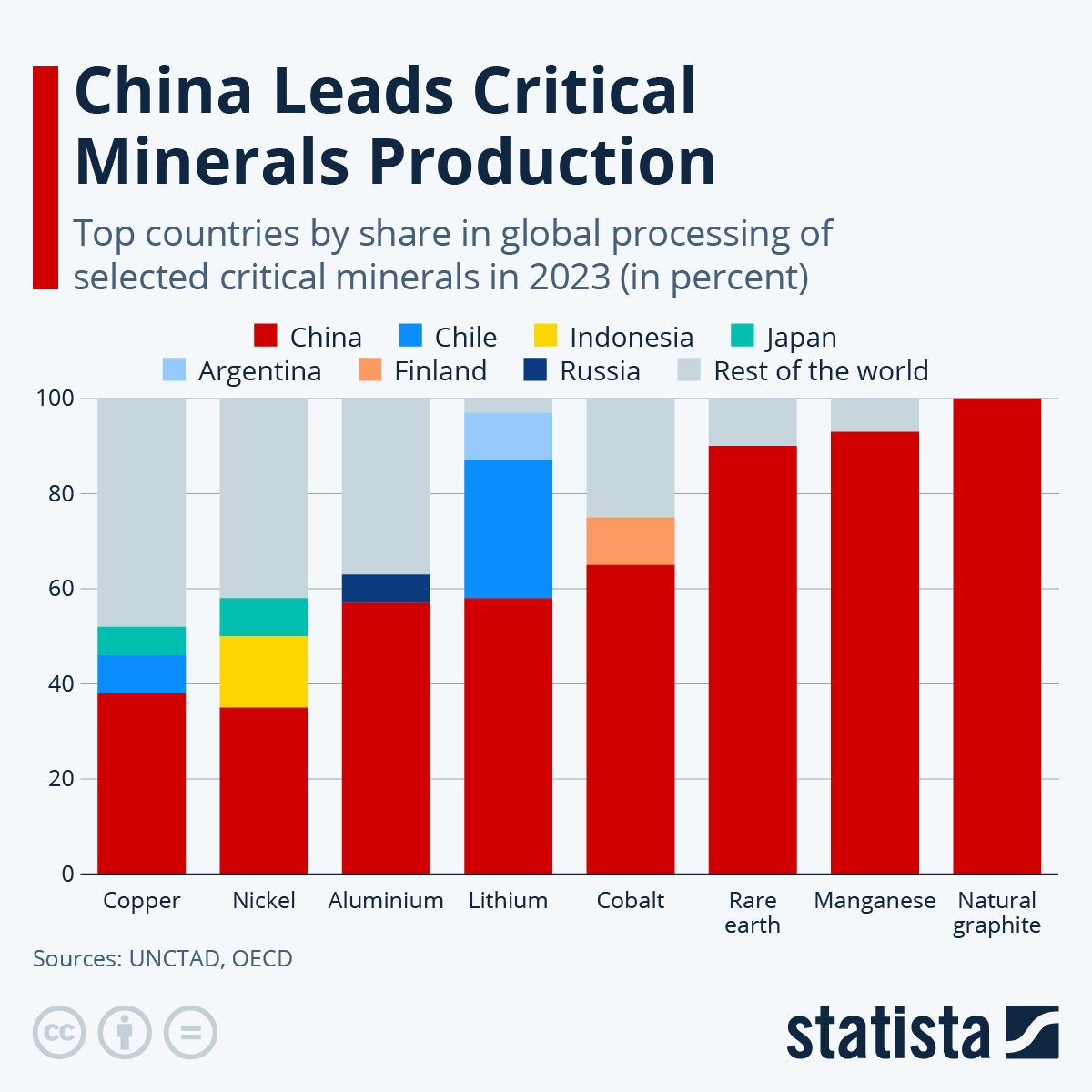
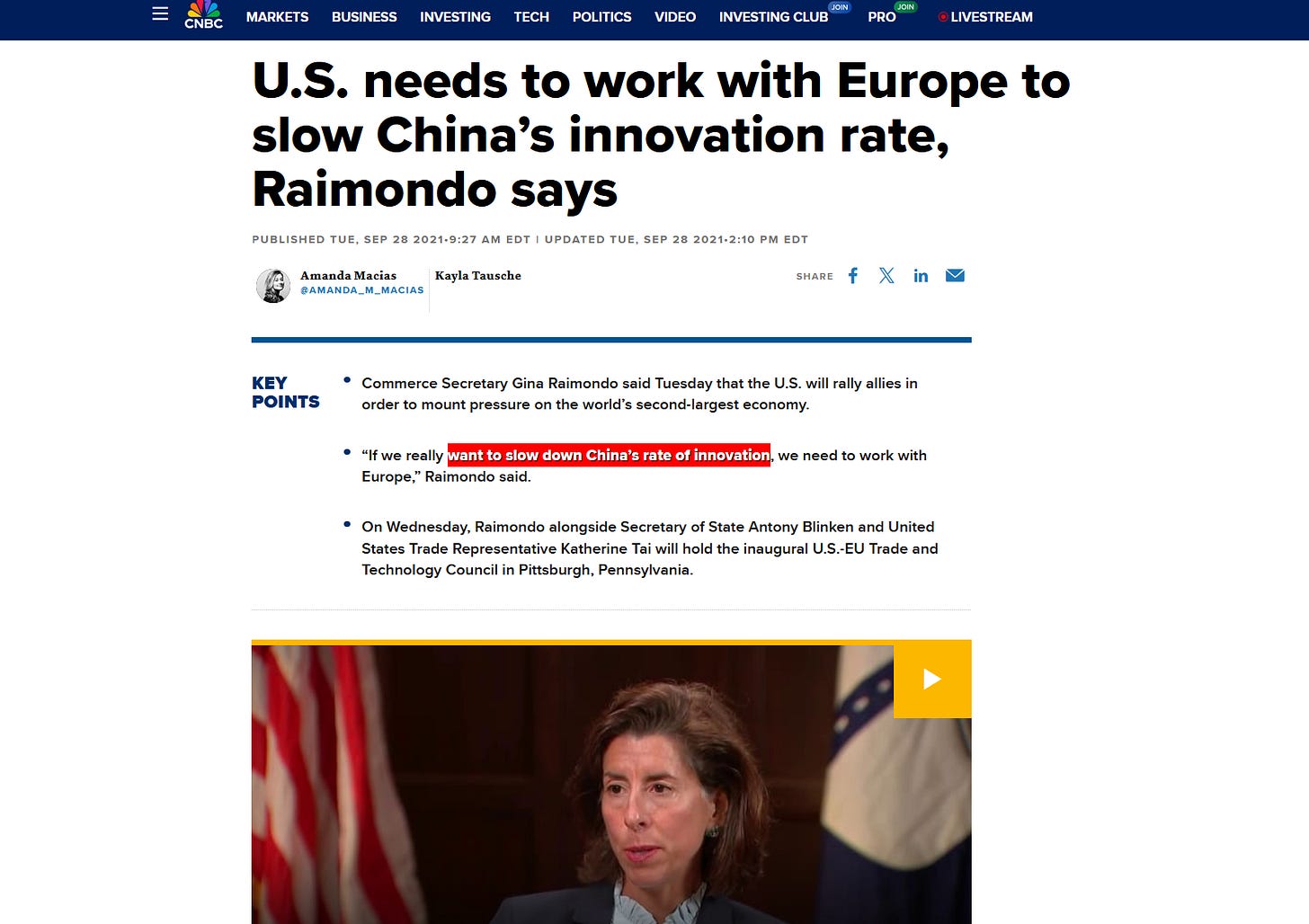
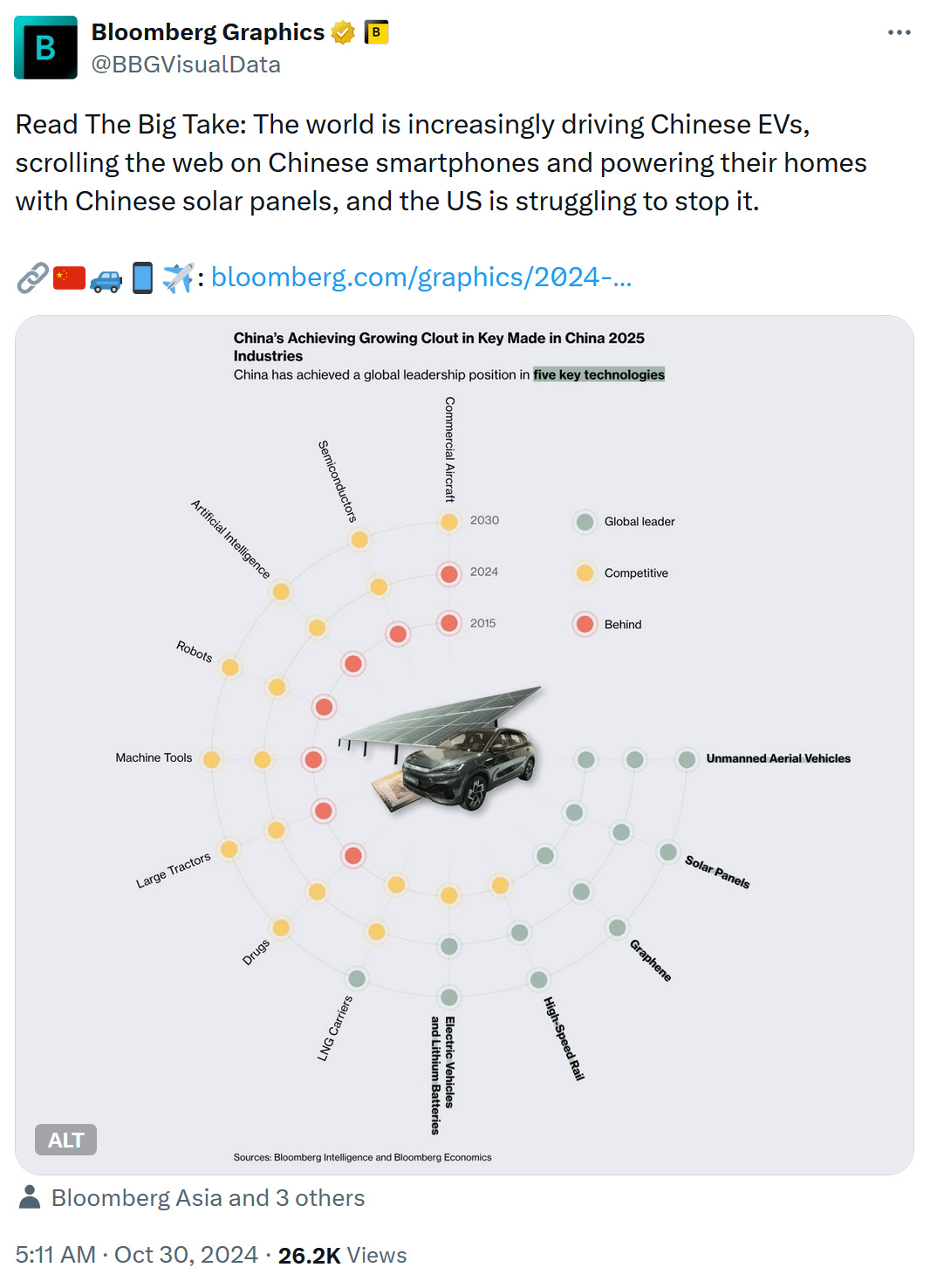
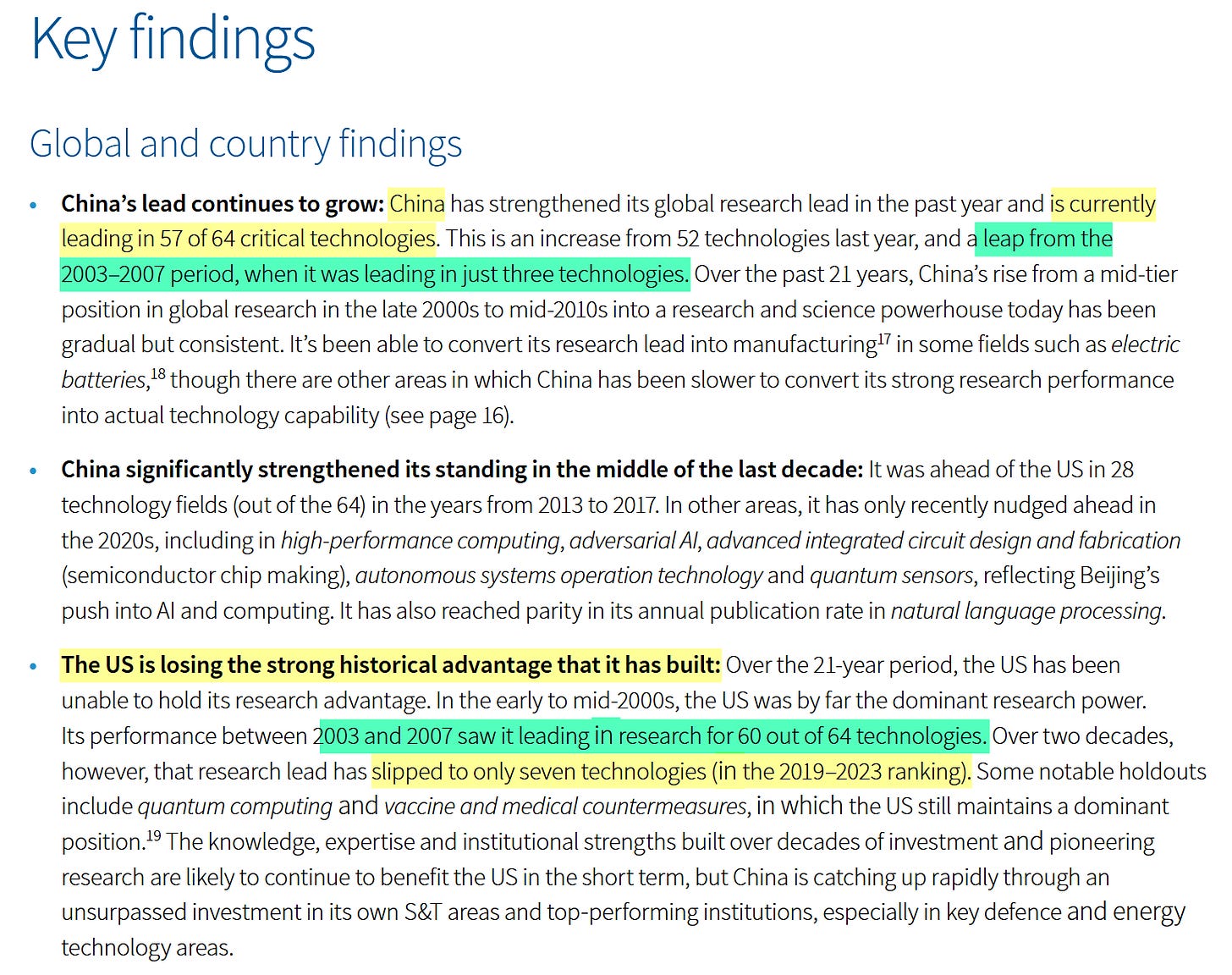

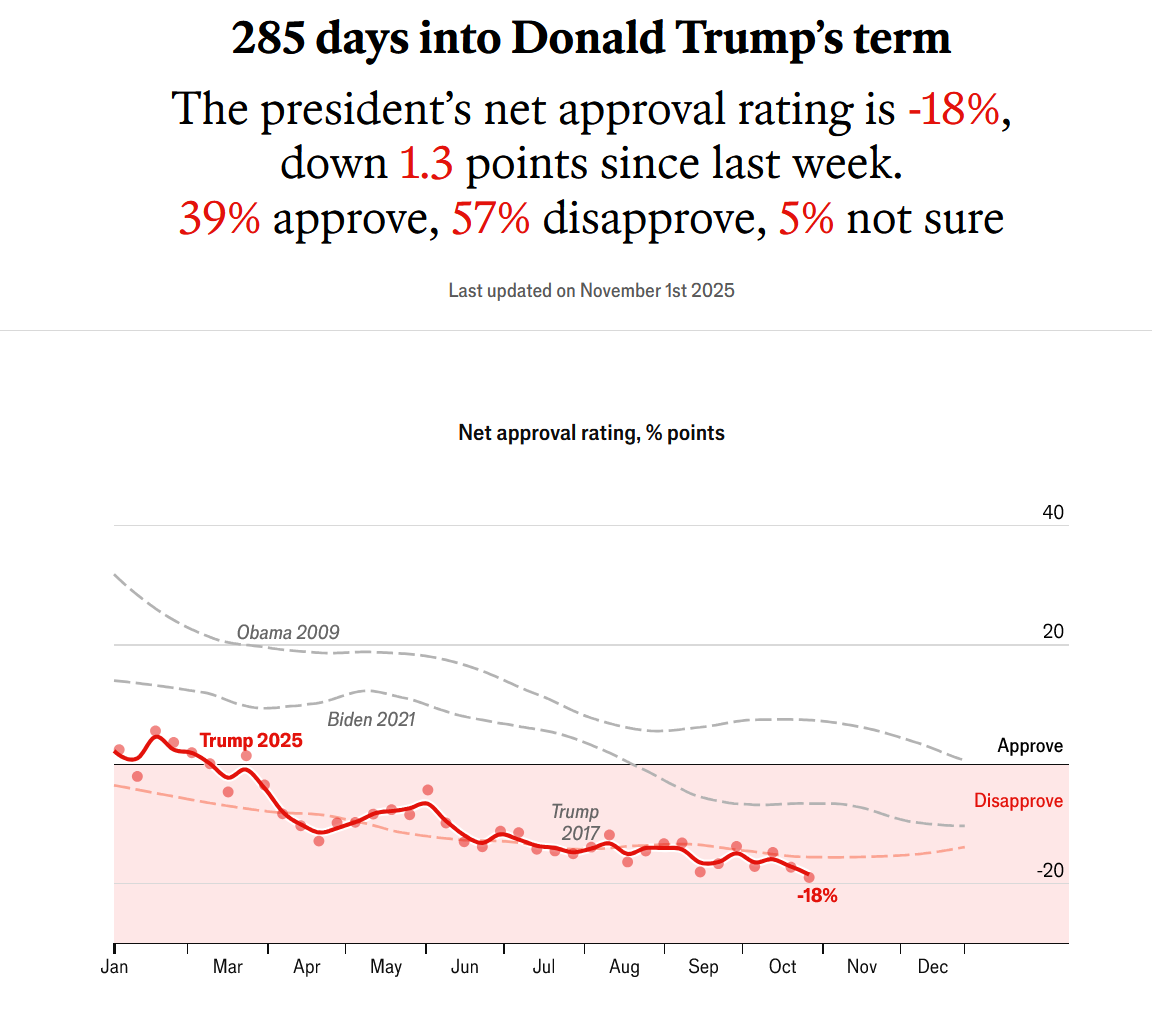
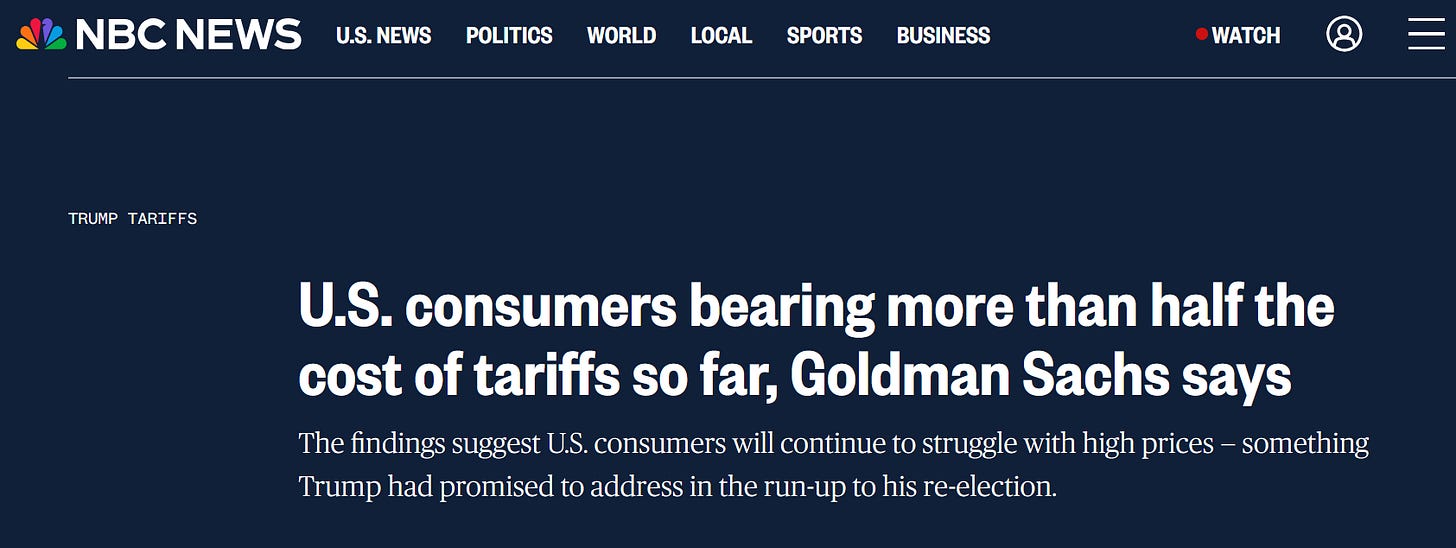
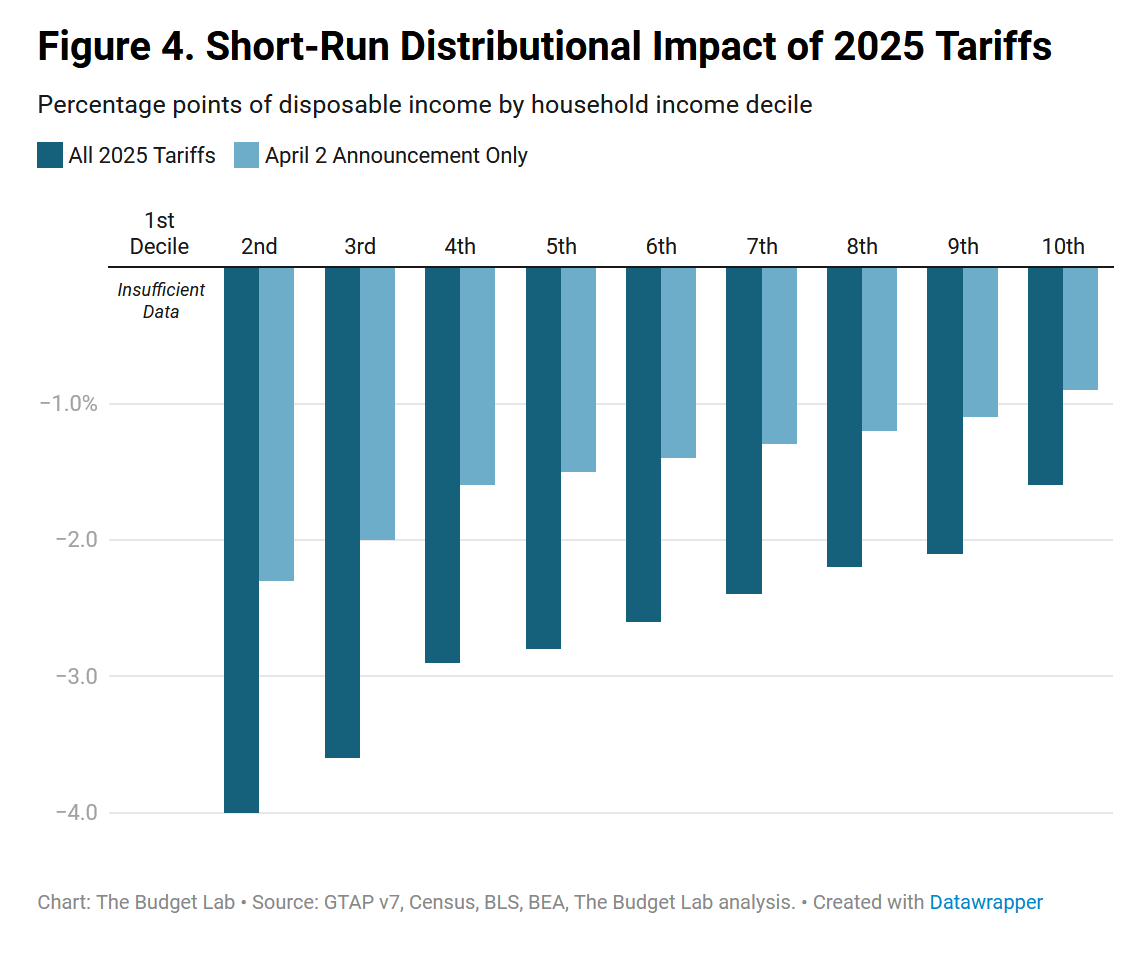
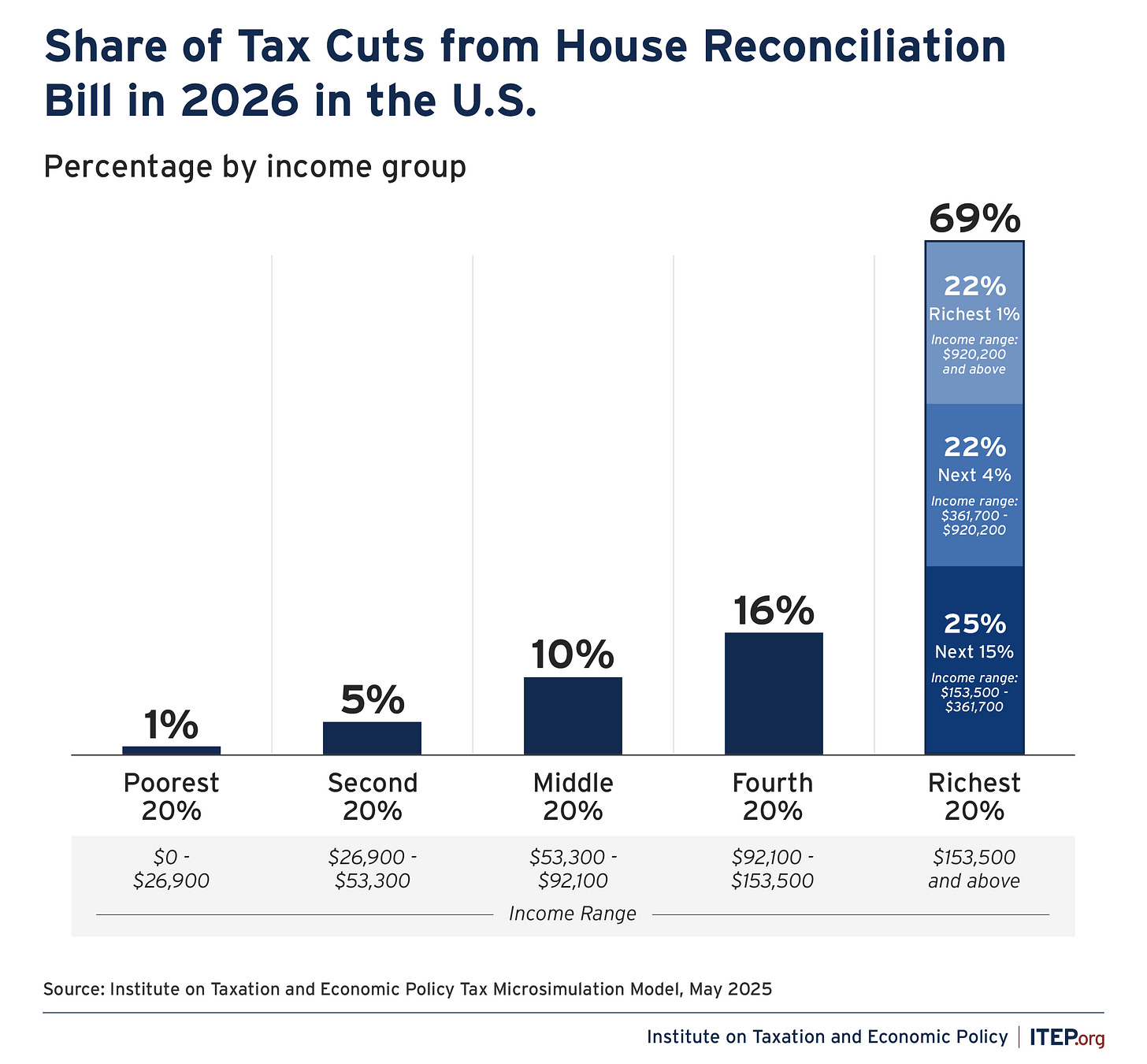

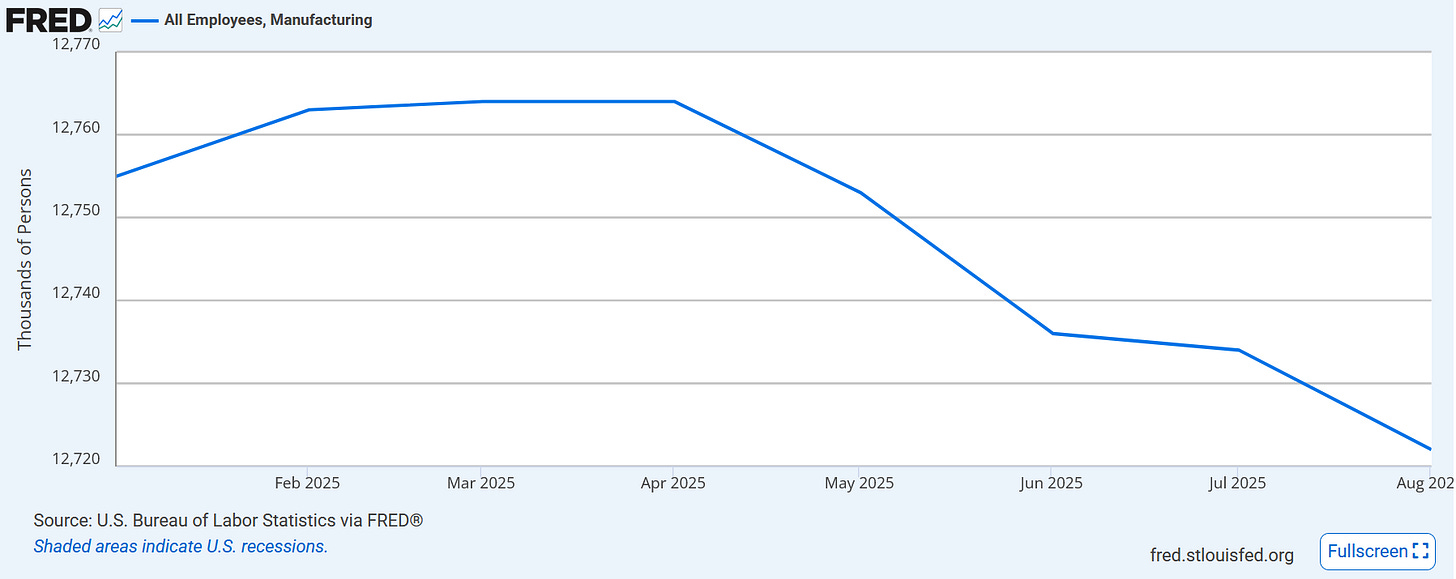
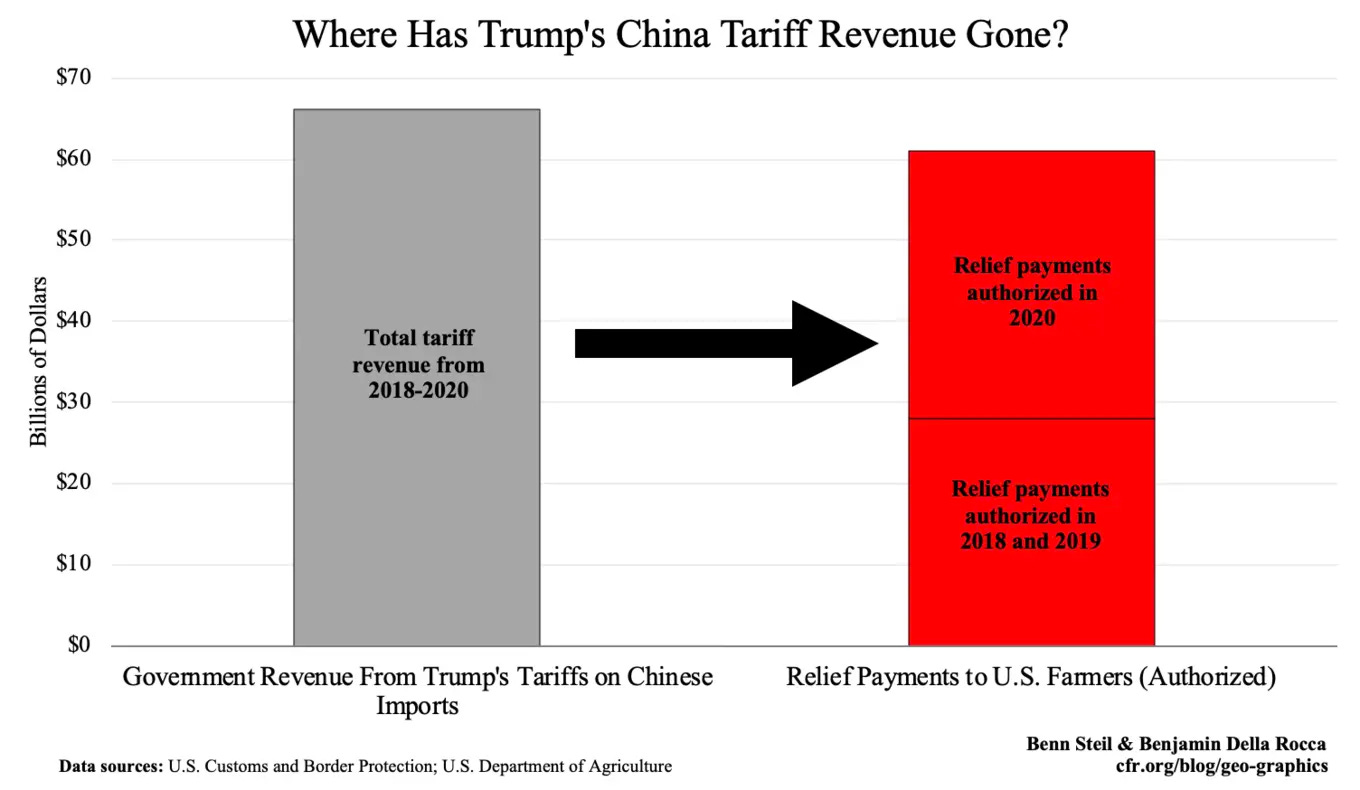
"Trump started the trade war on China in his first term. However, the Democratic administration of Joe Biden continued this trade war. The new cold war — Cold War Two — is bipartisan in Washington."
Yes, but you neglect Obama's vaunted "pivot to Asia" which was explicitly meant to put military pressure on China. The desperate desire to weaken China and return to the 1990s has been bipartisan from the beginning.
You're comment about Trump deluding himself into thinking we're still in the 1990s is accurate but again misses the same warped perspective of the "good cops" of US Imperialism.
Relative to Russia, it's more clear. The Dems were so convinced it was still 1990, that they would not stop provoking Russia. The last 35 years have not passed in vein and they, like Trump are learning a hard lesson about the world in 2025.
Ultimately the entire political elite of the sinking ship of US Imperialism is like a geriatric ward, in some cases literally, filled with Imperialist war mongers ahd murders who think they are atop of a US at the peak of its strength.
You know that's a recipe for disaster. I know it too. The lesson: both official parties must go, forever. Not just Trump, not just Biden. Both Imperialist genocidal parties must never hold power in this country again or we are all doomed.
Any, even slight, rhetorical support for one is deadly to the working class. The same goes for vilifying and exposing the crimes of one, while strategically omitting to do the same to the other.
While much of this report is cogently correct. It however does not take into account. How ignorant most Americans are to reality. Especially those who still cling to the koolaide of American Exceptionalism. Which is not just the MAGA idiots. Unfortunately too many on all sides, and including the so-called educated. Still believe the fantasy and engineered narratives of decades and centuries. Especially in the latter decades. And the pain of reality is still not enough to wake the majority. And in this recent talks with China. Can and has been spun, to evoke the thinking of the ignorant Americans. That China did in fact cave in to US demands. Even when the reality is that China did not cave. But too many in the US will buy into the narrative that China did compromise. China should not have had talks at all. And just made demands and only have tasks after the demands of China had been met.